Examples of fashionable socks in the 1950s
Let's come to today: this garment, no longer just a simple accessory, represents comfort, elegance, fashion, originality, colour, warmth, softness, cheerfulness.
Today, socks and stockings are an essential element of every outfit, an item of clothing that fills drawers and wardrobes in its various versions. Long, short, for women or men, in plain colours or in the most diverse patterns, to match or contrast with the rest of the look, to stand out, personalise, embellish one's daily clothing choices.
Making them by hand, giving or receiving them is a true gesture of love!
But which yarns should you choose to make your socks? And which techniques to use? Are you fed up with the usual boring single-colour socks and want to make something original?
The variety of proposals, ideas, wonderful yarns and techniques for making socks opens up a colourful and joyful world that we at Lanaonline love so much!
In fact, there is a wide range of sock yarns that we propose, without neglecting the accessories that are necessary to make and customise them: from manuals to all types of needles, right up to non-slip imprints, latex and insoles! Let's see them together...
Are you ready?

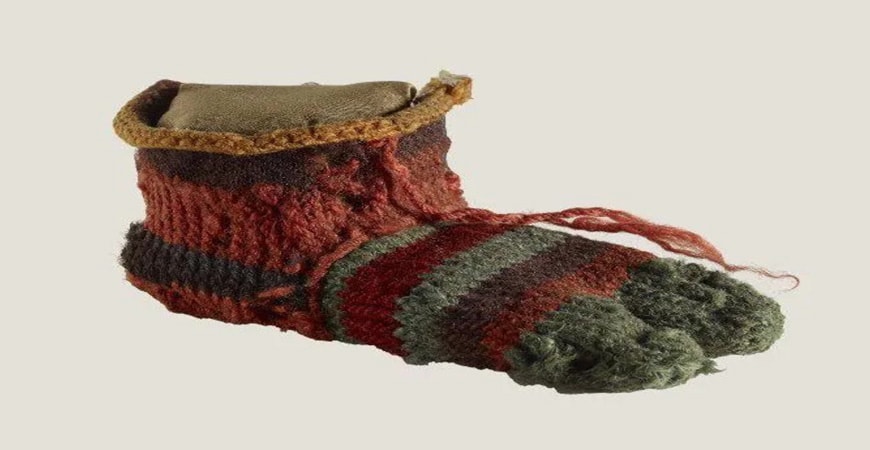
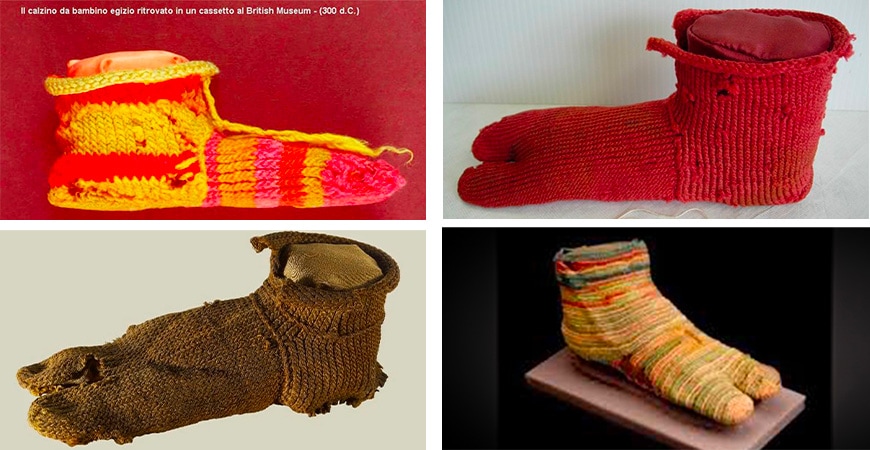
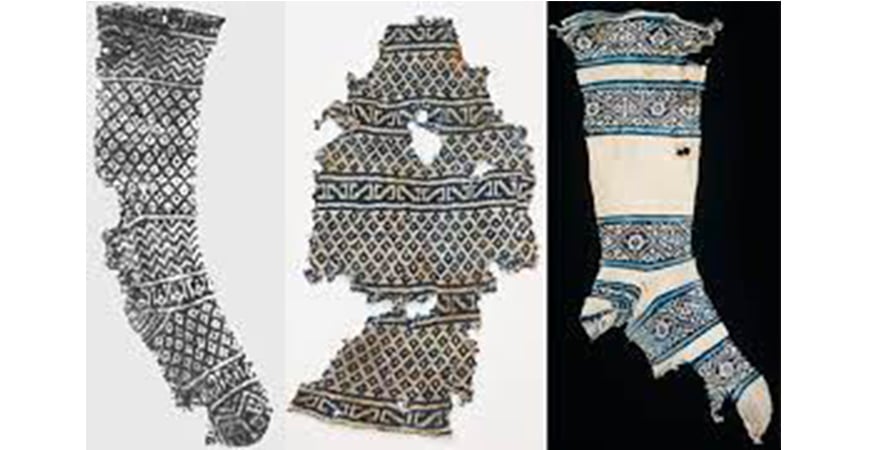
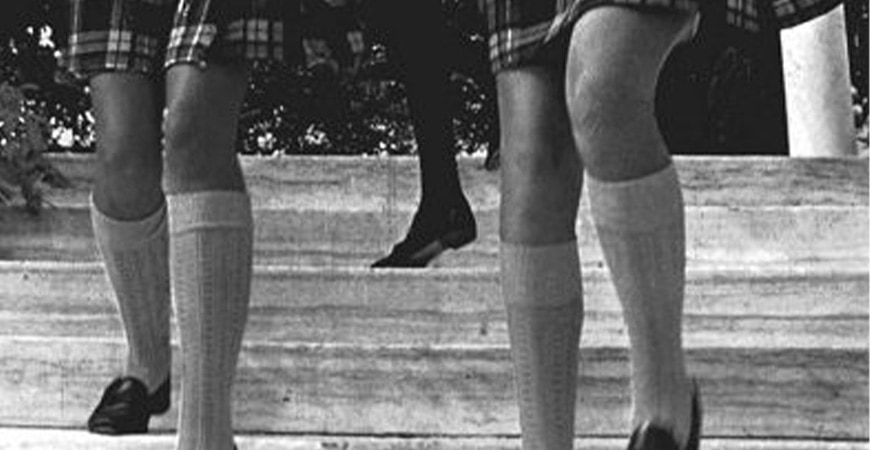
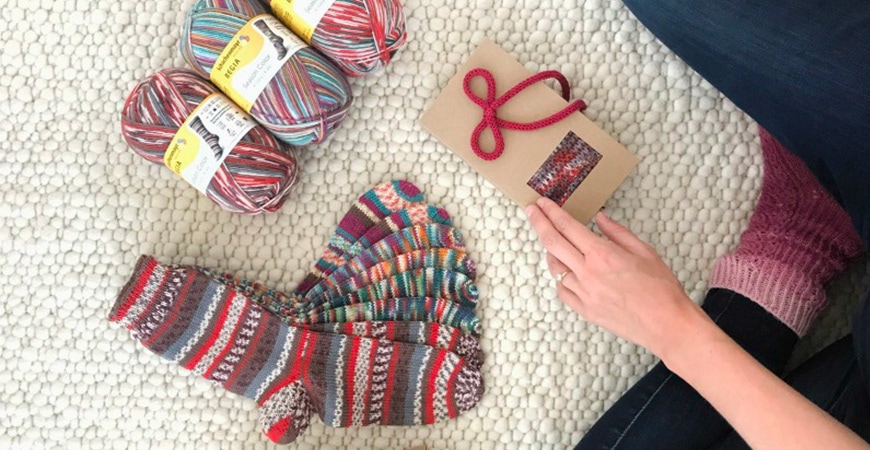

Al** 2021-10-29 Reply
Great postCl***** ******na 2020-07-11 Reply
Grazie!